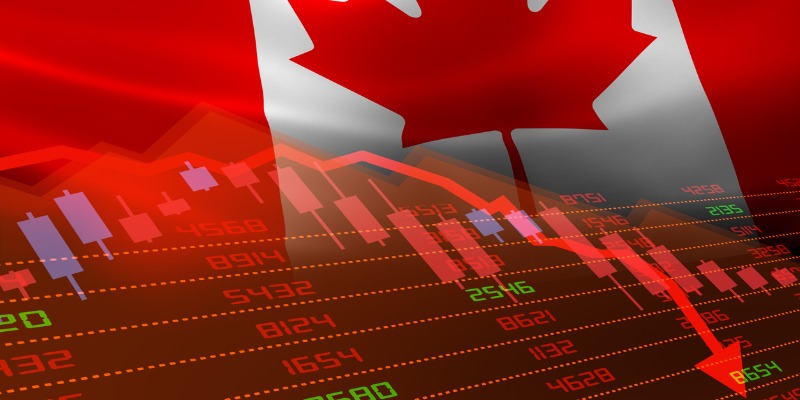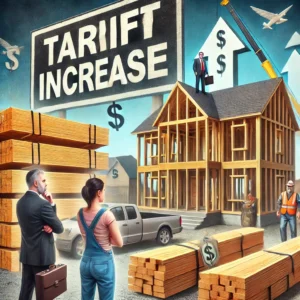March Inflation Report
In March, the annual inflation rate saw an uptick driven by rising gasoline prices, while core inflation measures displayed a downward trend. Statistics Canada reported on Tuesday that the consumer price index for March rose by 2.9 percent compared to the previous year, slightly higher than February’s 2.8 percent increase.
The surge in gasoline prices, up by 4.5 percent year-over-year due to global oil price increases, contributed significantly to this rise. However, when excluding gasoline, the overall annual inflation rate for March stood at 2.8 percent, a slight decrease from February’s 2.9 percent. Additionally, all three core inflation measures for March declined compared to the previous month.
Leslie Preston, a managing director and senior economist at TD Bank, noted the encouraging trend of cooling core inflation pressures, suggesting a potential interest rate cut by the Bank of Canada. While she anticipates a rate cut in July, she acknowledges that the recent data increases the likelihood of a move in June.
The Bank of Canada, while maintaining its key interest rate at five percent last week, hinted at the possibility of a rate cut in June. Governor Tiff Macklem emphasized the need for sustained evidence of easing underlying inflation.
Olivia Cross, North America economist at Capital Economics, emphasized the ongoing downward momentum in core inflation and suggested that the Bank of Canada would likely await April’s CPI data before making a decision in June. However, potential risks such as heightened tensions in the Middle East leading to a significant rise in oil prices could influence this outlook.
Statistics Canada highlighted the continued contribution of shelter prices to overall inflation, with mortgage interest costs rising by 25.4 percent year-over-year and rent prices increasing by 8.5 percent. Additionally, food prices rose by 3.0 percent, while prices for clothing, footwear, household operations, furnishings, and equipment experienced declines.

















